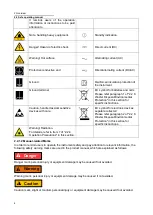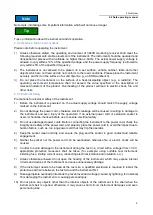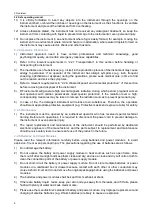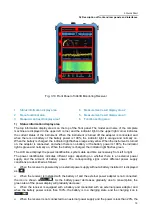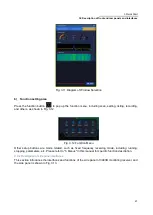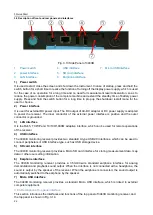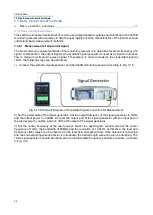
3 Quick Start
3.1 Get Prepared
16
Check the connector to prevent damaging ports of the instrument
Any damaged connector may damage the good connector connected to it even in the first connection. In
order to protect each interface of the monitoring receiver, the connector must be checked before the
connector operation.
2) Connection method
Before the connection, the connectors should be inspected and cleaned to ensure cleanness and
intactness. Anti-static wrist straps should be worn before connection. The correct connection method
and steps are as follows:
Step 1.
As shown in Fig. 3.6, align the axes of the two interconnected devices to ensure that the pin of
the male connector slide concentrically into the jack of the female connector.
Fig. 3.6 Diagram of Connector Connection
Step 2.
As shown in Fig. 3.7, horizontally move two connectors to make then connected smoothly.
Tighten the connector nut through rotation (do not rotate the connector). Avoid relative rotation of
connectors during connection.
Fig. 3.7 Diagram of Connector Rotation
Step 3.
As shown in Fig. 3.8, complete the final connection by tightening with the torque wrench. Note
that the torque wrench must not be beyond the initial break point. Use the auxiliary wrench to prevent the
connector s from rotation.
Fig. 3.8 Diagram of Wrench Operation
3) Disconnection
Step 1
. Support the connectors to prevent any connector from being twisted, shaken or bent;
Step 2
. An open-ended wrench can be used to prevent the connector body from rotating;
Hold
Turn screw sleeve
Hold
Caution
!



